The Power Behind the Message: The Nuts and Bolts of Effective Personalization
Thank You
Introduction
All right. Personalization is important, and the future of the world—okay, maybe just your company—depends on your brand doing it, and doing it right. Great. How exactly does one go about doing that, exactly?
Well, successful personalization isn’t a one-size-fits-all kind of thing. There are a bunch of different types of personalization—a half-dozen, by my count—and multiple different tools and strategies that can be used to support them, including:
- Liquid: This language—or syntax—can be used within the Braze customer engagement platform and other similar technologies to easily add personalized elements to messages and to deliver specific message variants to the approach recipient
- Segmentation: This strategy takes advantage of filters within Braze or similar platforms to support the nuanced targeting of messages based on individual consumers’ web or in-app behavior, demographic data, and more
- Dynamic Content: This tool allows marketers to automatically communicate with—and pull information from—public APIs and brands’ proprietary systems to adjust message content in the moment to more effectively speak to users
- Machine Learning: This type of artificial intelligence can be used to identify behavior patterns and preferences that are unique to each user, making it possible to adjust the messaging experiences to better fit each recipient
To carry out an effective personalization strategy at your company, you need to understand the different types of personalization, identify which ones fit your specific customer engagement needs and the data at your disposal, and determine what it takes to execute on those specific personalized experiences.
I know. It sounds like a lot. But the payoff is worth it. And we’re going to be right here the whole time, walking you through all the ins-and-outs.
This is What Personalization Looks Like: The Six Major Types
1. NAME-BASED PERSONALIZATION
What Name-Based Personalization Is (and When to Use It)
This one is pretty straightforward. When you send outreach using name-based personalization, you’re automatically pulling each recipient’s name from their customer profile and adding it to the message wherever you think is best. So instead of saying, “Hi” or “Hi Customer,” it says, “Hi Sandra” or “Hi Luisa” or whatever that particular recipient’s name is.
At the core, name-based personalization is an effective way to communicate to your users that, yes, you know who you’re talking to. If a customer gets a transactional message from you saying that their package has been shipped, the inclusion of their name, for instance, including the name can offer reassurance that is is indeed THEIR package that’s on the way. Similarly, including a customer’s name in a message can help to make the outreach feel more personal and intimate, so it can be a great choice when you’re making an emotional appeal (for instance, if you’re a nonprofit looking to drive additional donations).
Truthfully, name-based personalization is sort of the training wheels of message customization: a simple, impactful use that helps to set you up for bigger and better things in the future. Unfortunately, a lot of brands get this far and stop. According to Evergage and Researchscape, 76% of marketers using personalization only use it to add customer names or the name of their own company to the messages they send.
Don’t make their mistake. There’s a whole world of personalization out there.
What Name-Based Personalization Looks Like
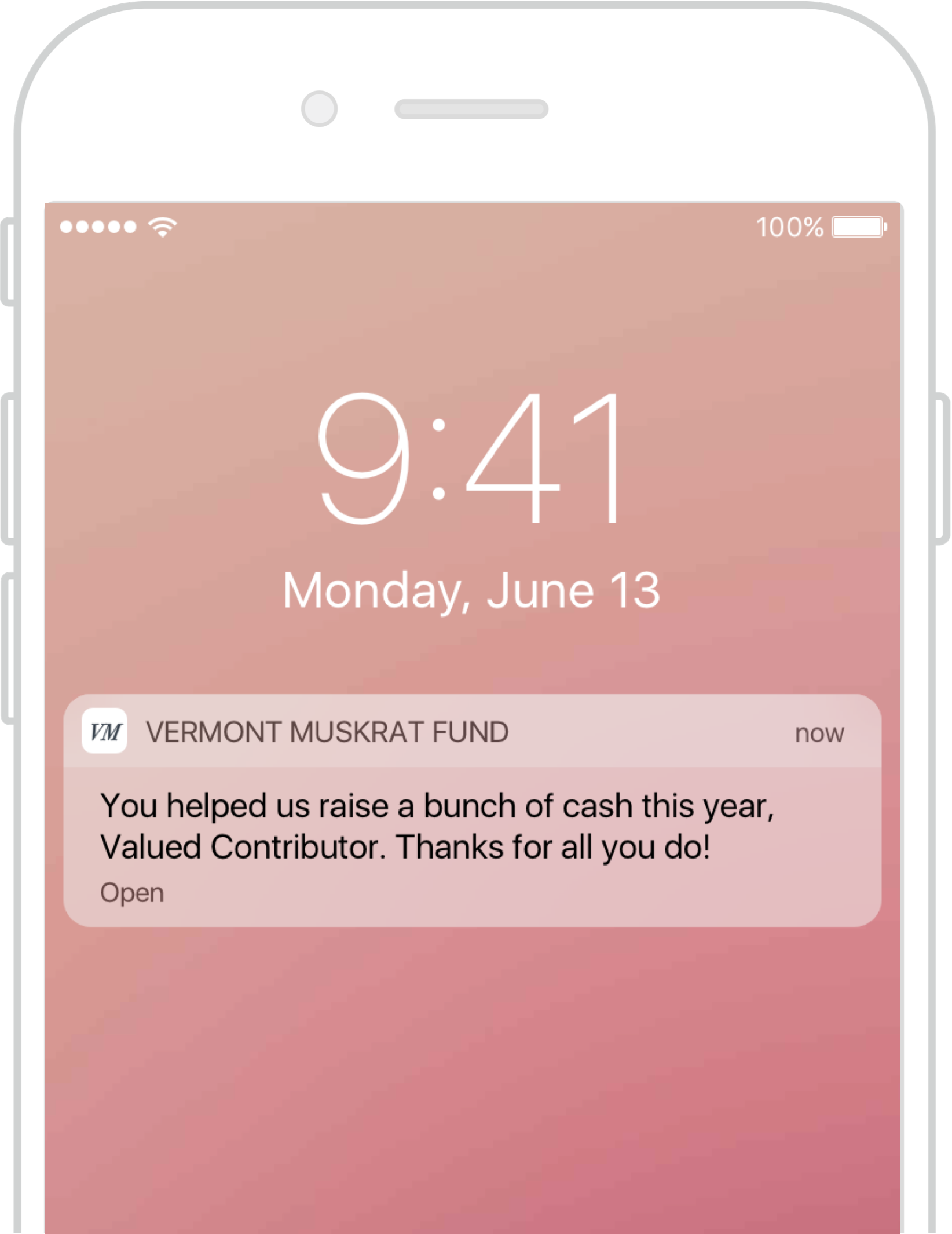
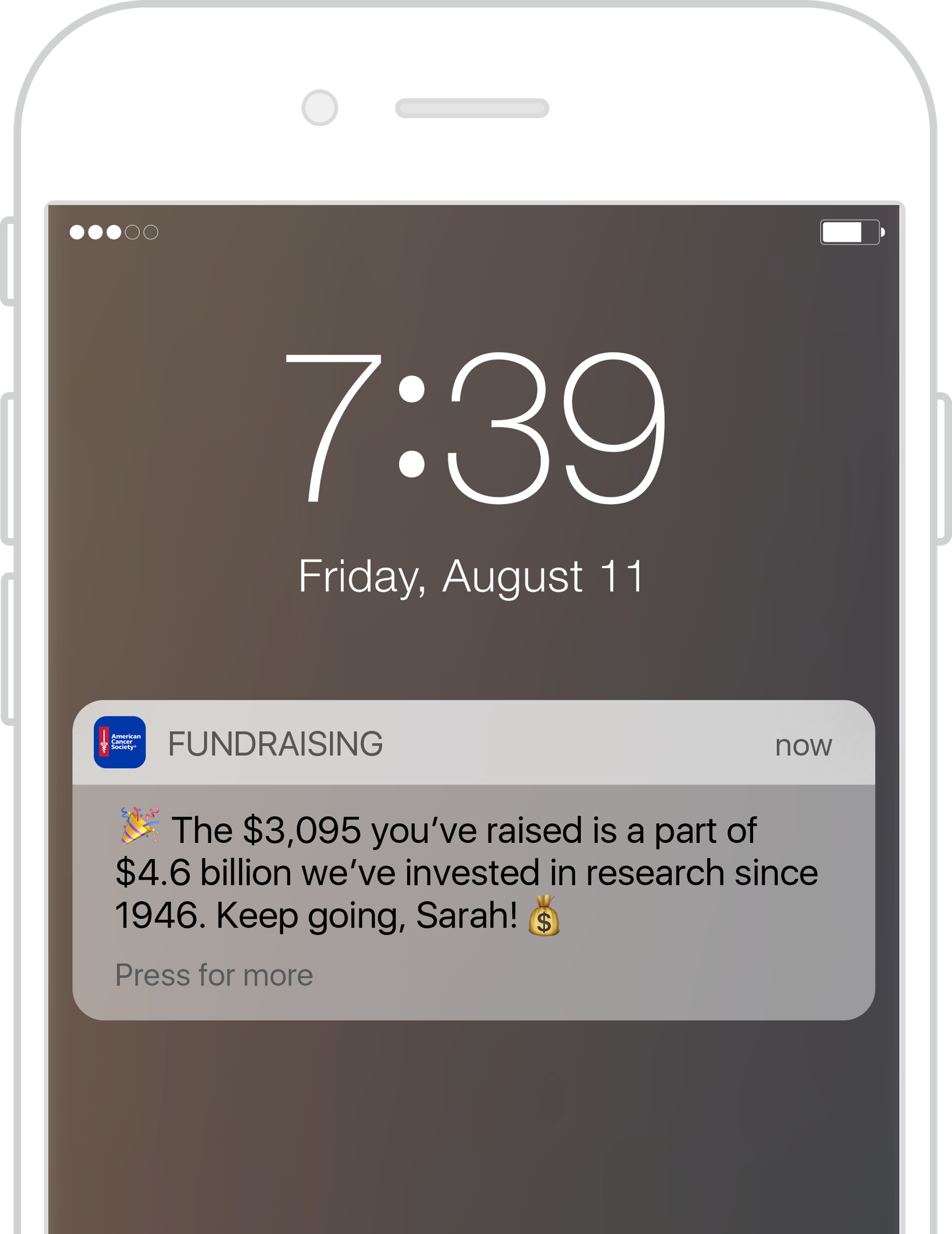
What Makes Name-Based Personalization Possible
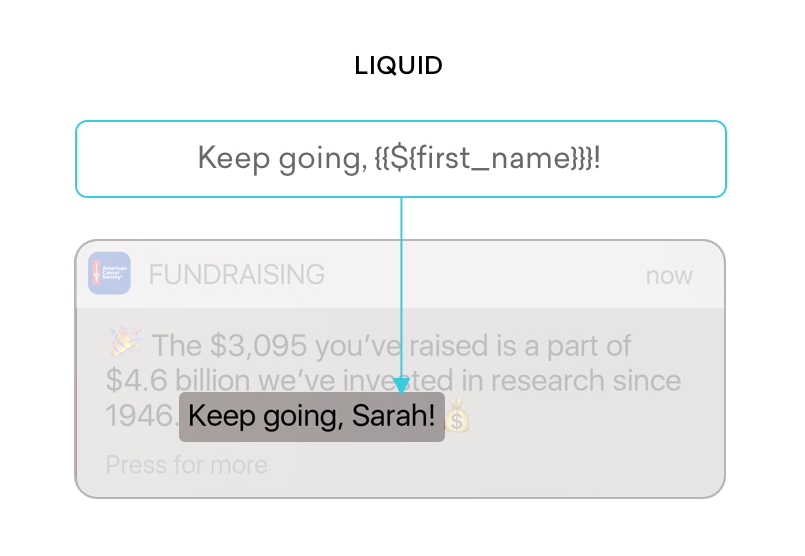
2. EVENT- AND ATTRIBUTE-BASED PERSONALIZATION
What Event- and Attribute-Based Personalization Is (and When to Use It)
One of the most powerful things about personalization is the way it can help brands build a relationship with their customers by leveraging the data you’ve collected on who they are and what they care about. (How often do they use your app or make a purchase? What products do they look at? What messaging channels do they engage with most?) One of the best ways to make that happen is by taking advantage of event and attribute-based personalization.
When you’re gathering information within a platform like Braze, it’s possible to use our SDK and other data sources to add customer-related attributes (think the languages they speak, the time zone they’re in, their favorite color) and events (have they abandoned a shopping cart, completed your app’s onboarding flow, or made a purchase this week?) to each individual’s customer profiles—and then to take those attributes and events and use them to make the message you send more relevant and more valuable.
This approach makes sense when you have a piece of information—someone’s dietary preferences, their buying patterns, their shoe size, or a million other things—that would add value and relevance to the message you send. With event- and attribute-based personalization, it’s possible to send a customer an email that notes their favorite cuisine (to more effectively nudge them to use your app to pick a restaurant) or a push notification referencing their shoe size (to let them know that you somehow have size 17 loafers in stock).
While adding that kind of information to a message is a key way to use this sort of personalization, keep in mind that it’s also possible to use the events or attributes associated with each customer to determine which message variant each person receives. For instance, you could write a promotional message for your meal kit app with variants for vegetarians and people who are gluten-free, and use personalization to ensure that the right version reaches each customer, based on the information in their customer profile.
What Event- and Attribute-Based Personalization Looks Like
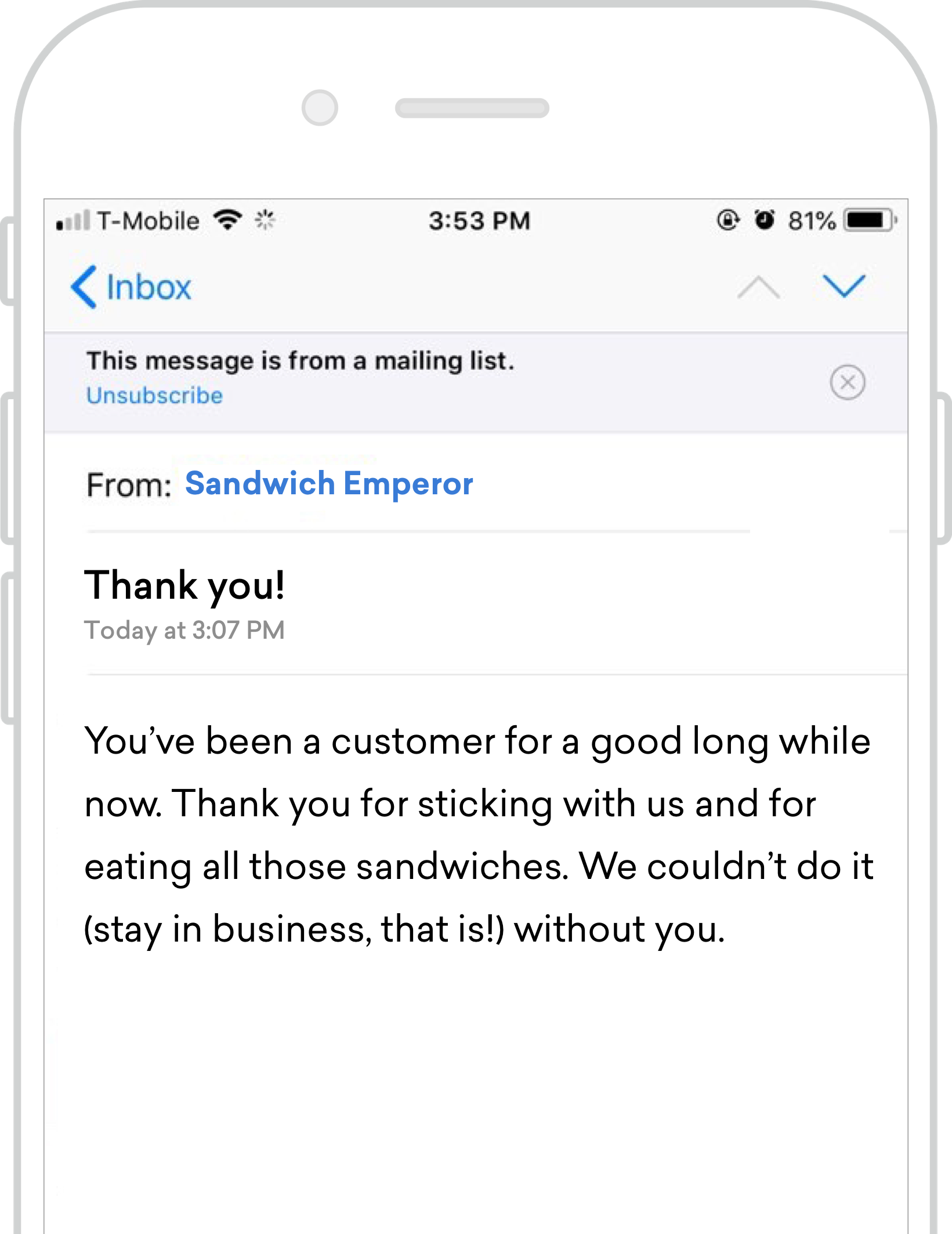
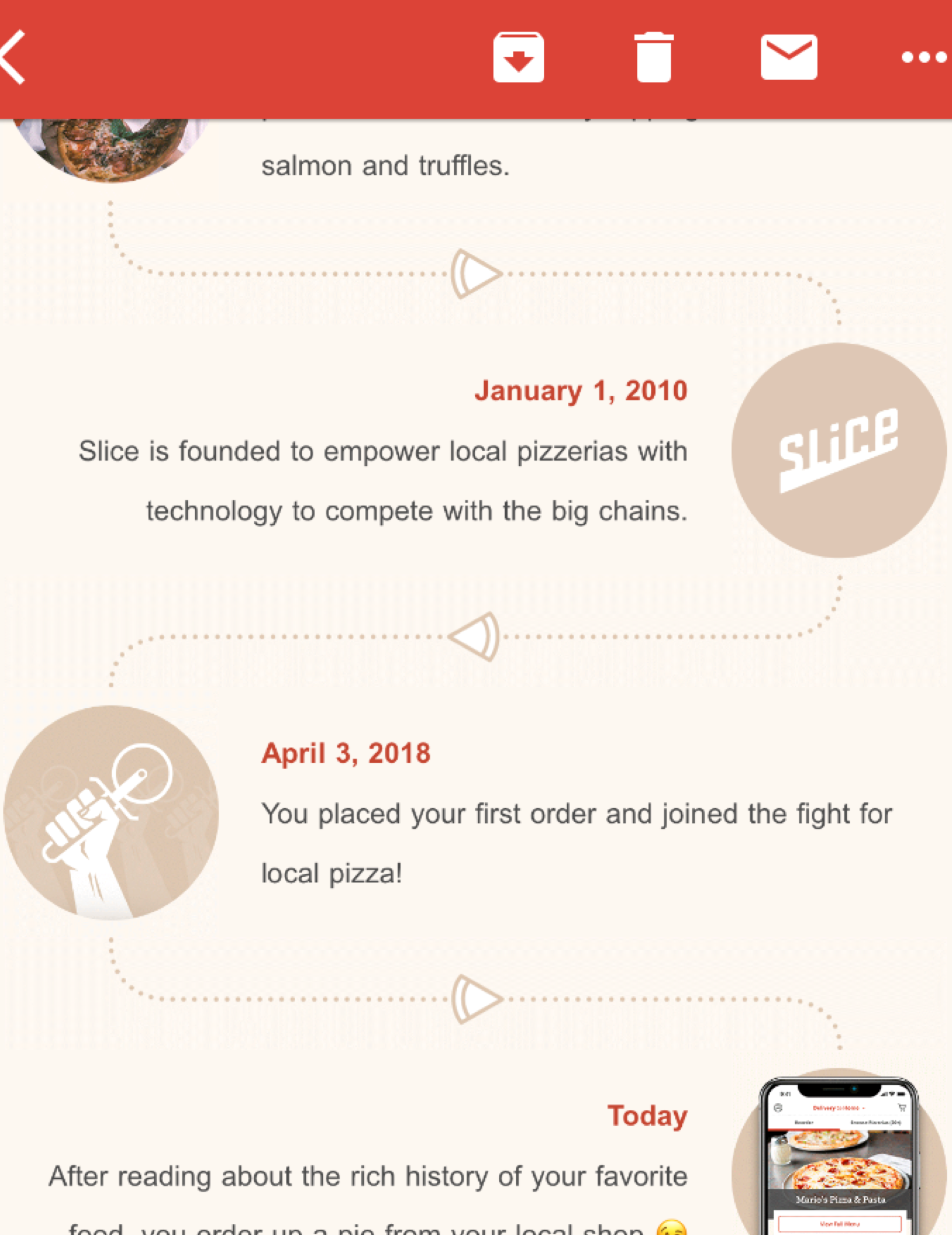
What Makes Event- and Attribute-Based Personalization Possible
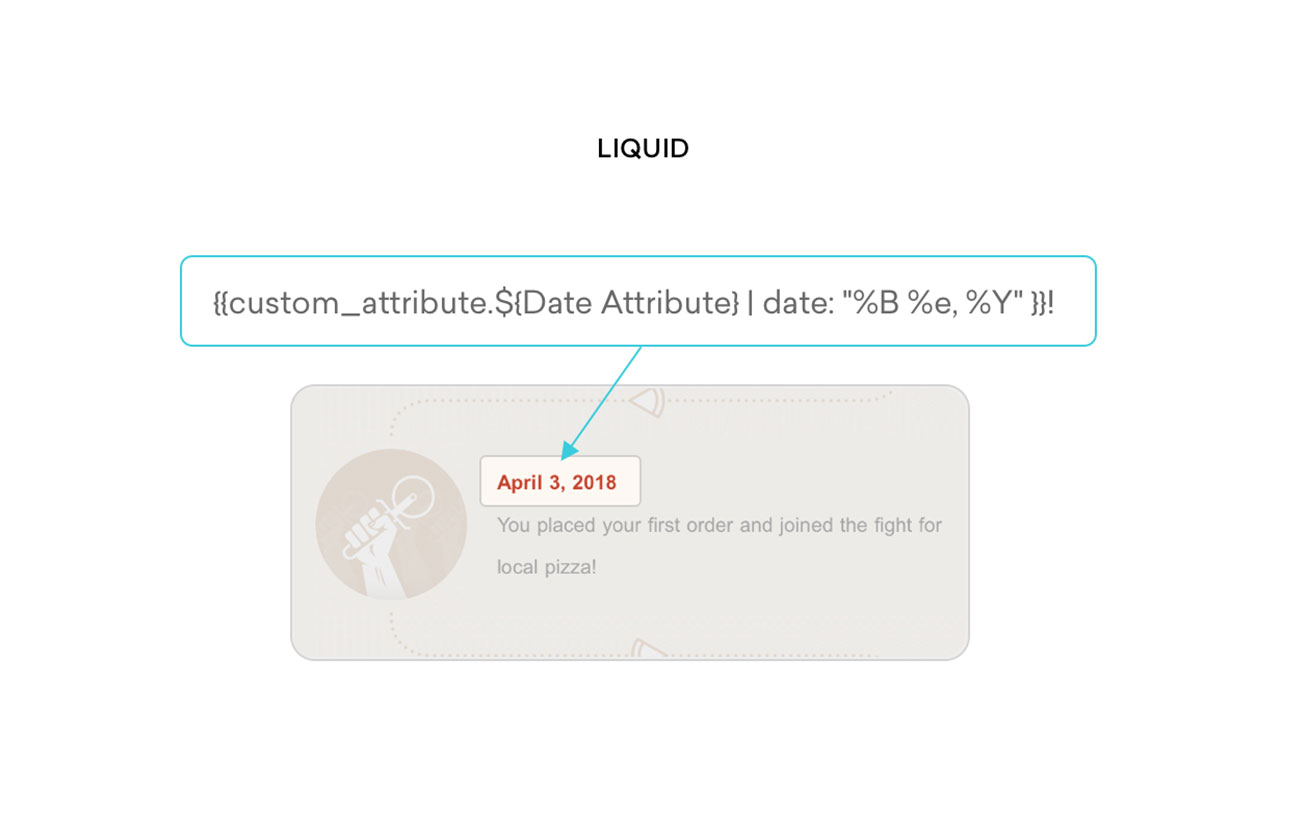
3. LOCATION-BASED PERSONALIZATION
What Location-Based Personalization Is (and When to Use It)
When a company adjusts the messaging they send to their customers depending on the current physical location of each recipient, that’s location-based personalization. This kind of personalization makes it possible to reach the members of your audience who live in a particular place or region (or range of places or regions, for that matter) without bothering the rest of your customers with messages that aren’t relevant to them.
This type of personalization makes sense when you’re looking to ensure that the communications you send to your users reflect the places where they reside or spend time (or are currently located, depending on how you do it). Location-based personalization is a powerful way to make your outreach relevant and to show the value that your brand can provide. Imagine, for instance, a push notification promoting National Donut Day that could highlight Underwest Donuts to your New York users and reference Voodoo Doughnut to recipients in Portland. Pretty nice, right?
One key thing: for this kind of personalization to work, you need be gathering data about your audience’s locations. Full stop. It doesn’t matter how much User A might appreciate getting the sitch about free donuts—if they haven’t granted you permission to track their location, this whole thing isn’t going to work. So make sure your location data game is buttoned up before you try to make this kind of personalization work.
What Location-Based Personalization Looks Like
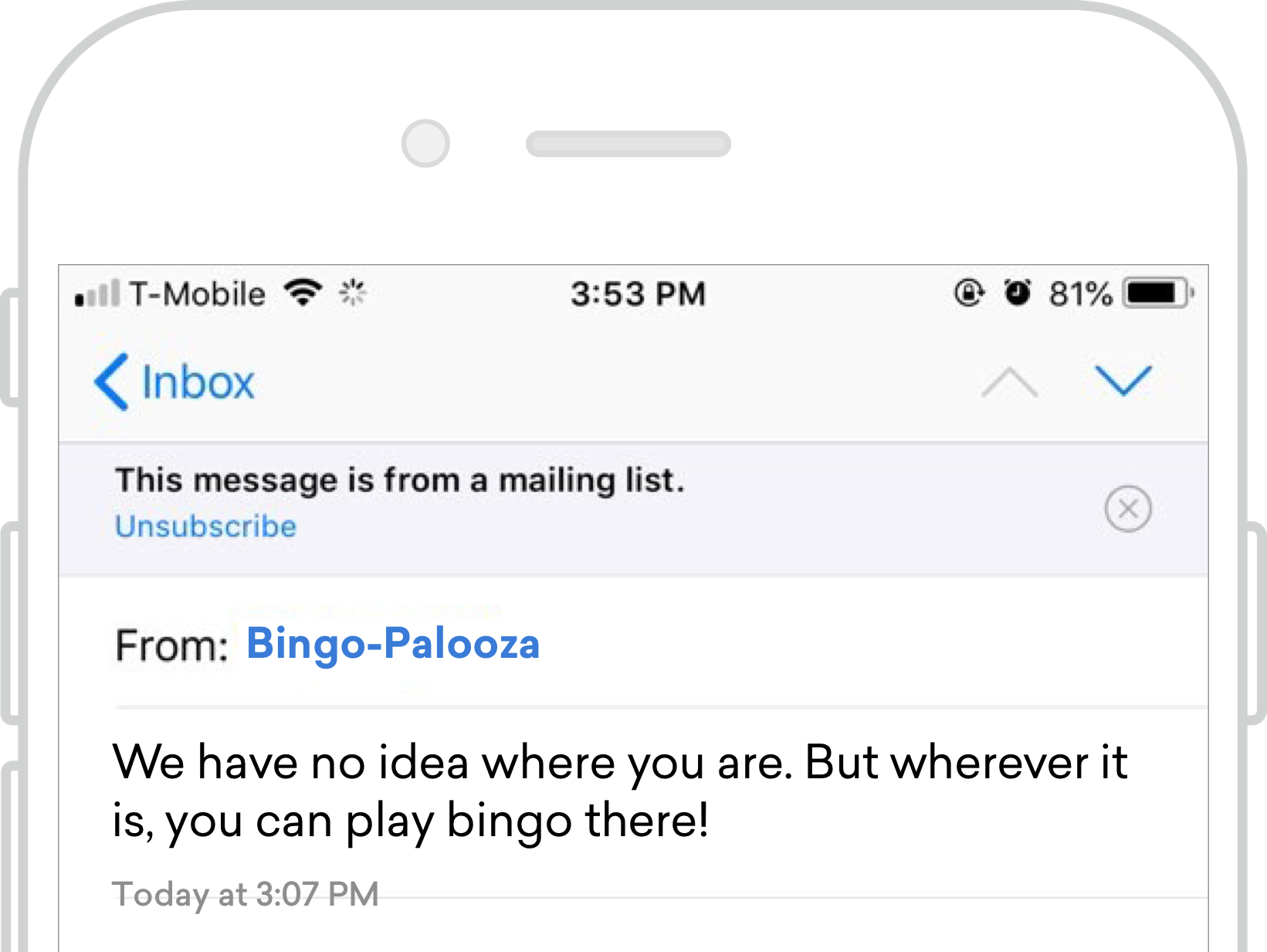
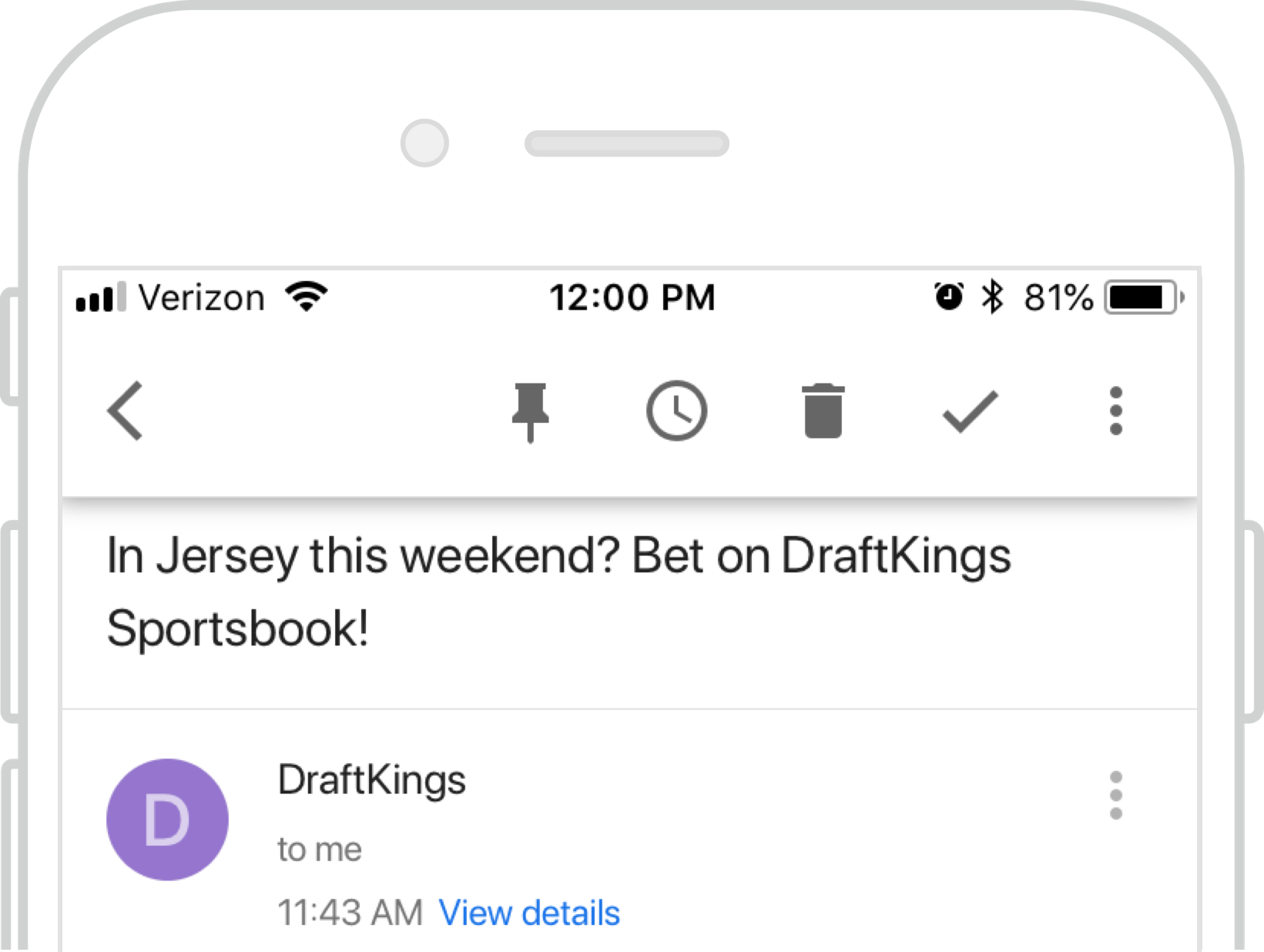
What Makes Location-Based Personalization Possible
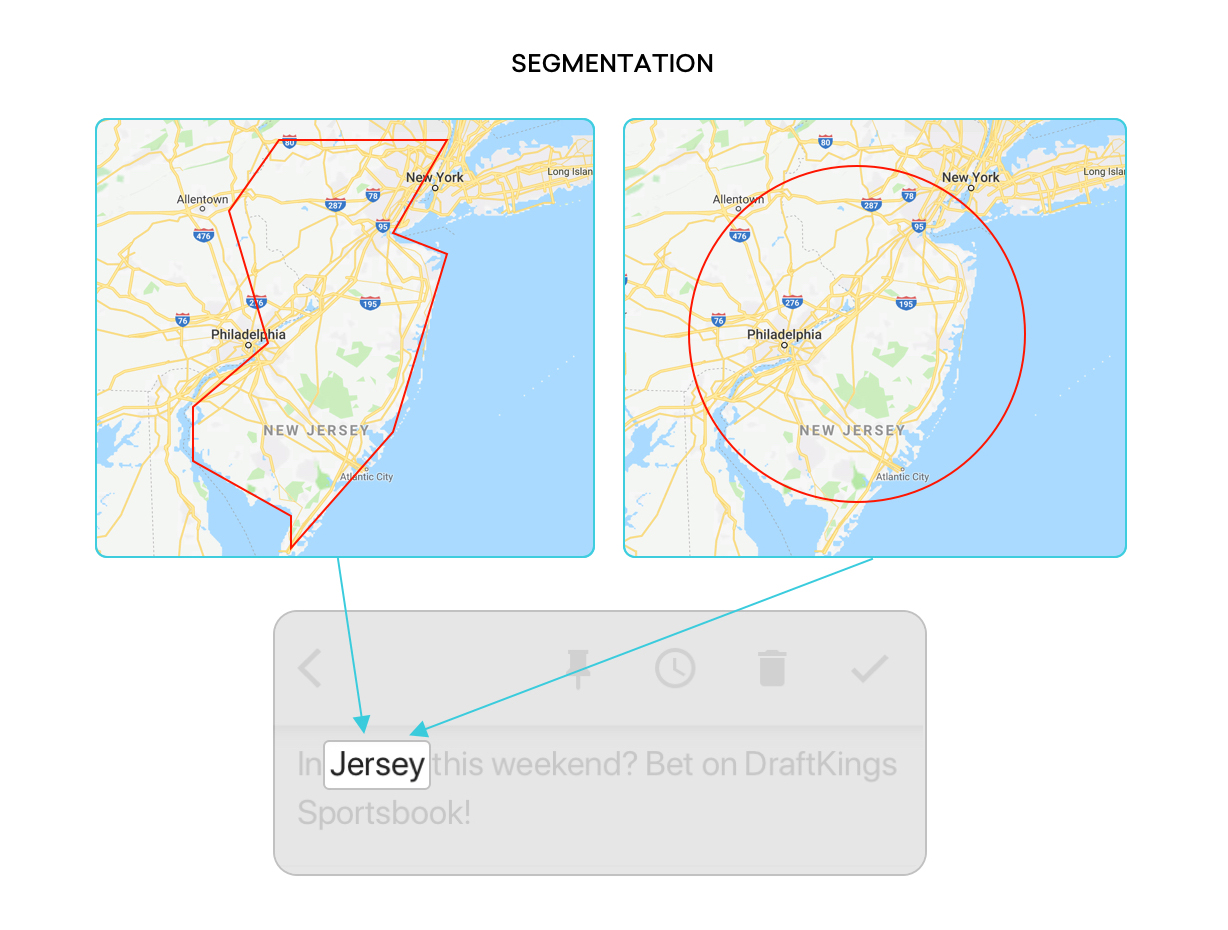
4. LANGUAGE-BASED PERSONALIZATION
What Language-Based Personalization Is (and When to Use It)
When a brand customizes a message based on the preferred language of the individuals receiving it, that’s language-based personalization. With this sort of customization, it’s easy for marketing, growth, and engagement teams to provide more effective, clearer messaging experiences to a global audience, at scale.
This kind of personalization is a must for any brand looking to send a campaign to an audience of people with language preferences that aren’t homogenous. It’s technically possible for a brand to create multiple different campaigns (one for each language), but that creates a lot of unnecessary work for the marketer and introduces more room for error when it comes to the scheduling and targeting of the outreach, potential limiting its effectiveness. With language-based personalization, you can input all the different message variants into a single campaign and then use Liquid to automatically send (for instance) the English version to English speakers and the Japanese version to Japanese speakers.
What Language-Based Personalization Looks Like
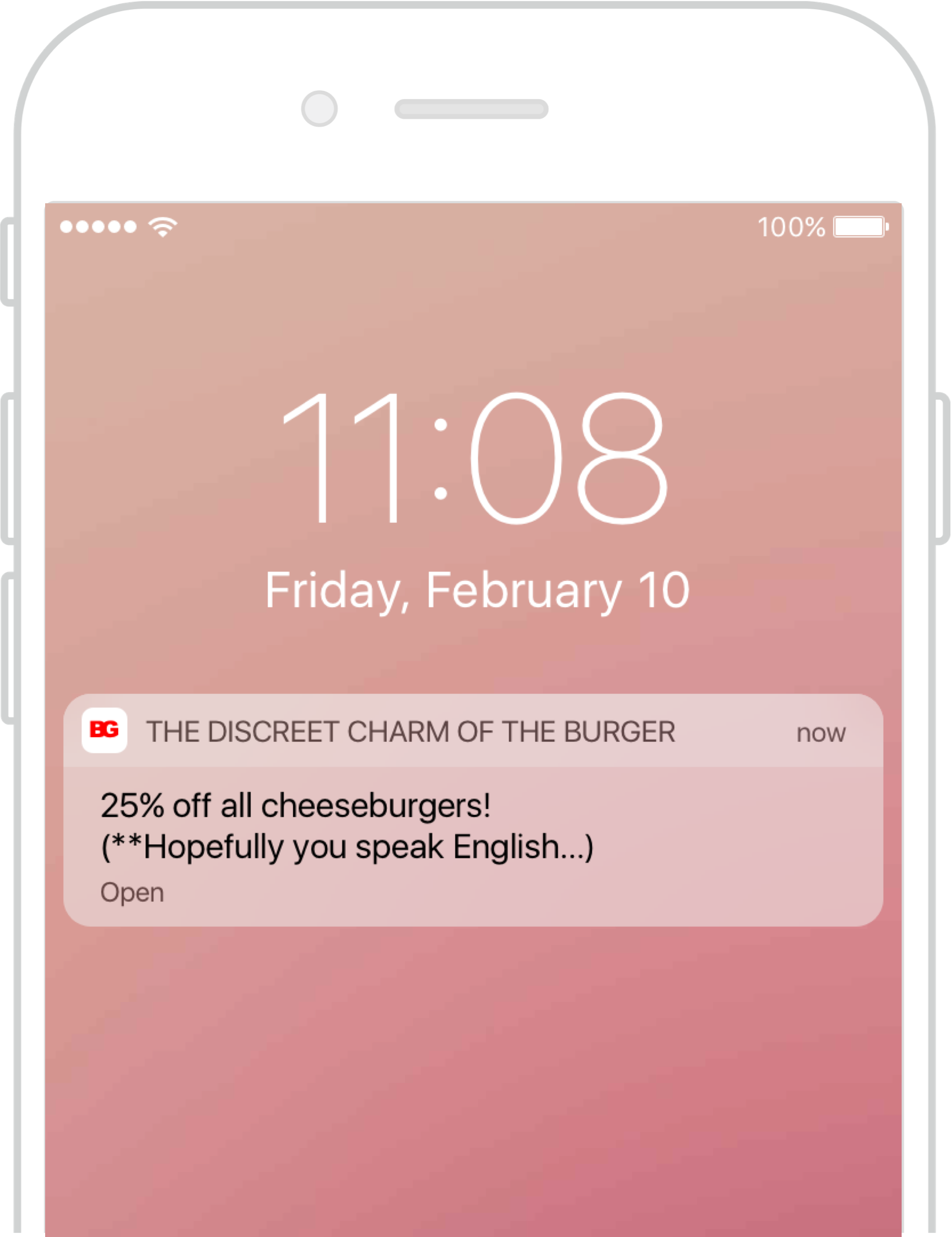
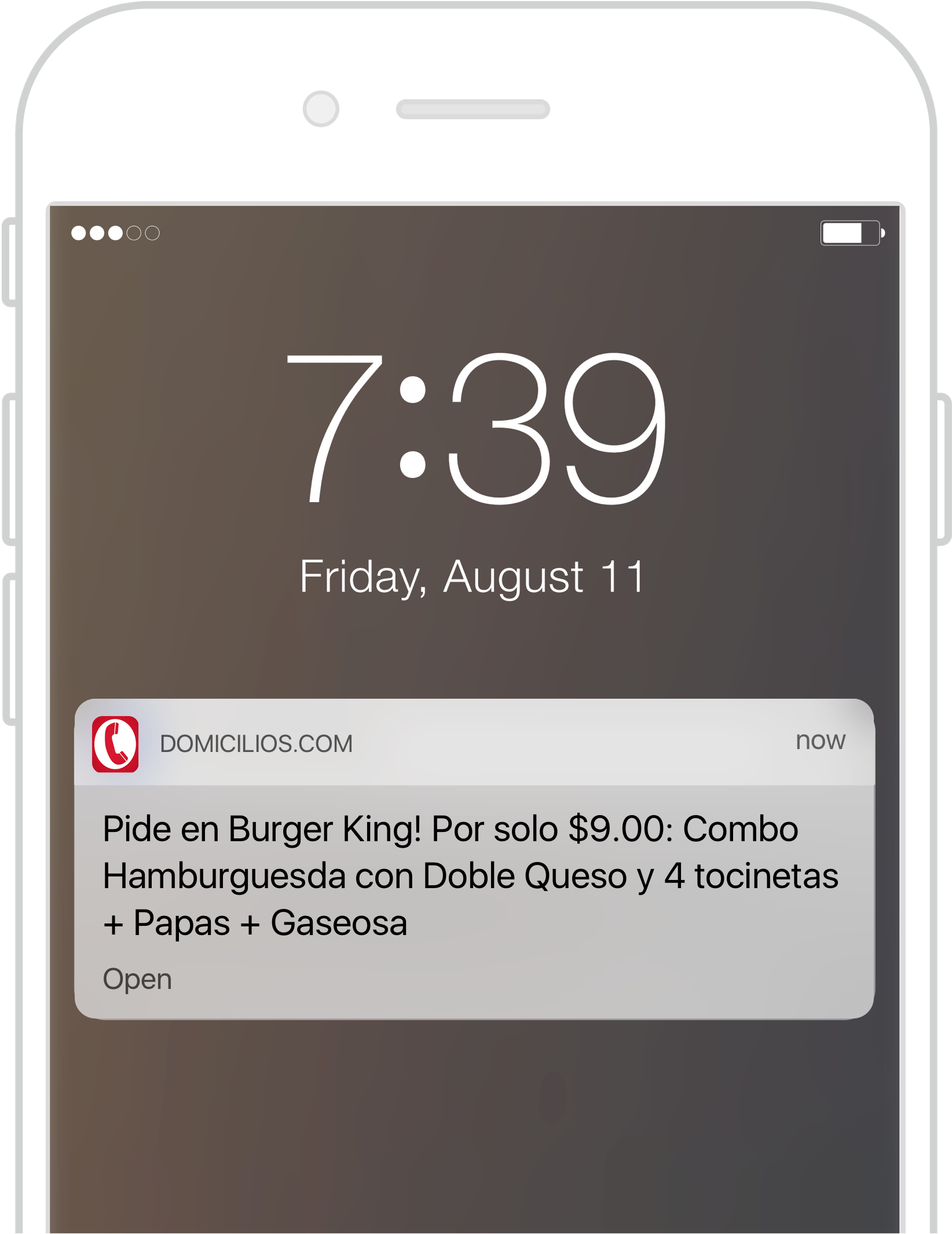
What Makes Language-Based Personalization Possible
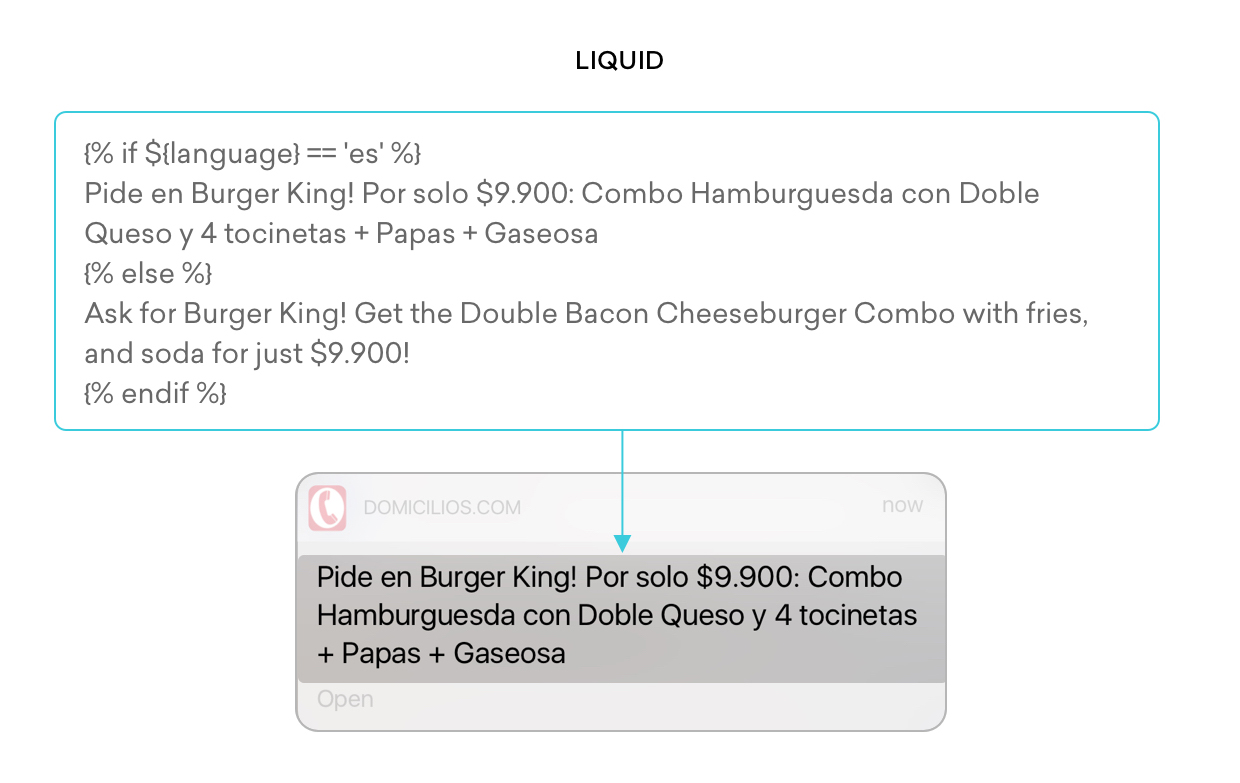
5. DYNAMIC CONTENT PERSONALIZATION
What Dynamic Content Personalization Is (and When to Use It)
Sometimes, the information that you need to customize your messages in the most effective possible way isn’t contained in your customer profiles. Maybe it’s in your point-of-sale system, or a third-party content recommendation engine—or maybe it’s not customer information at all, but rather something (weather data, stock prices, news headlines) that customer is likely to care about. Well, dynamic content personalization allows marketers to take that information and to pull it into the messages you send via Braze and other similar platforms in the moment, making for a more responsive, more relevant brand experience.
With dynamic content personalization (AKA Connected Content), you can customize the messages you send with information taken from public APIs and your brand’s own proprietary servers. If there’s a suitable API to connect to and you have a customer engagement platform that can support it, you can leverage Liquid to make it happen—taking advantage of modern technology’s potential for smart, responsive customer/brand communication. Plus, since this kind of personalization pulls the information from the chosen API right as the message is sent, you never have to worry that your outreach is out of date.
What Dynamic Content Personalization Looks Like
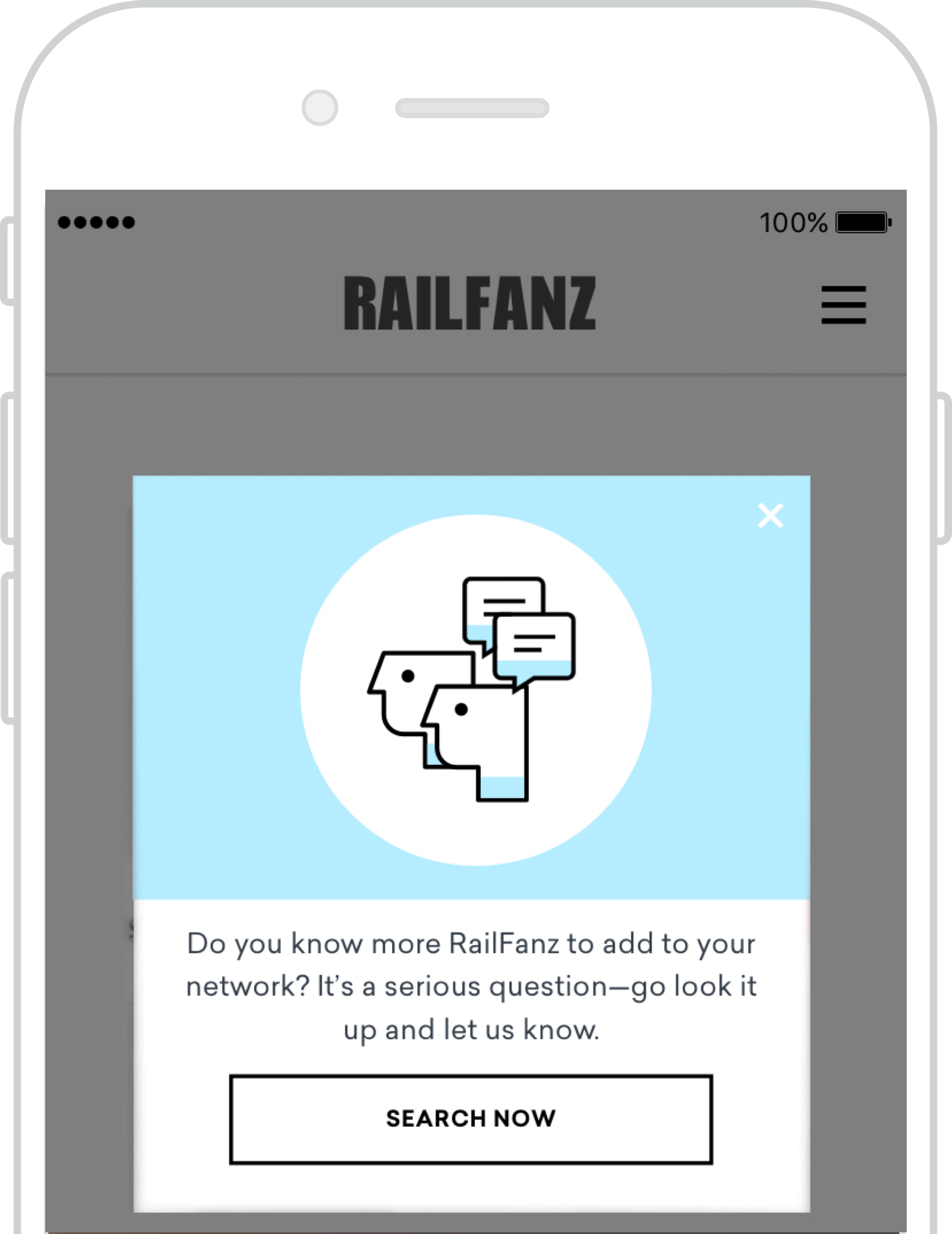
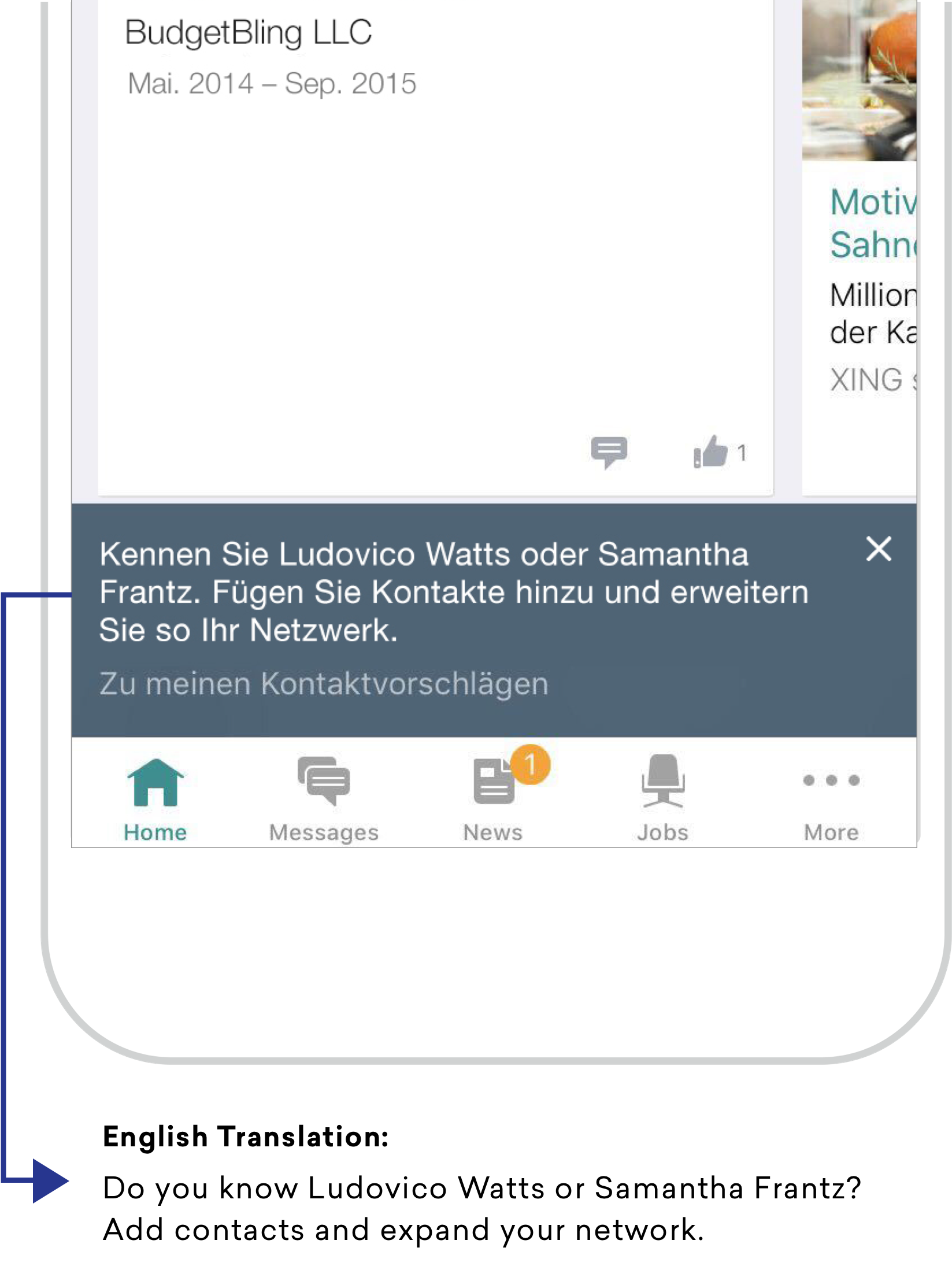
What Makes Dynamic Content Personalization Possible
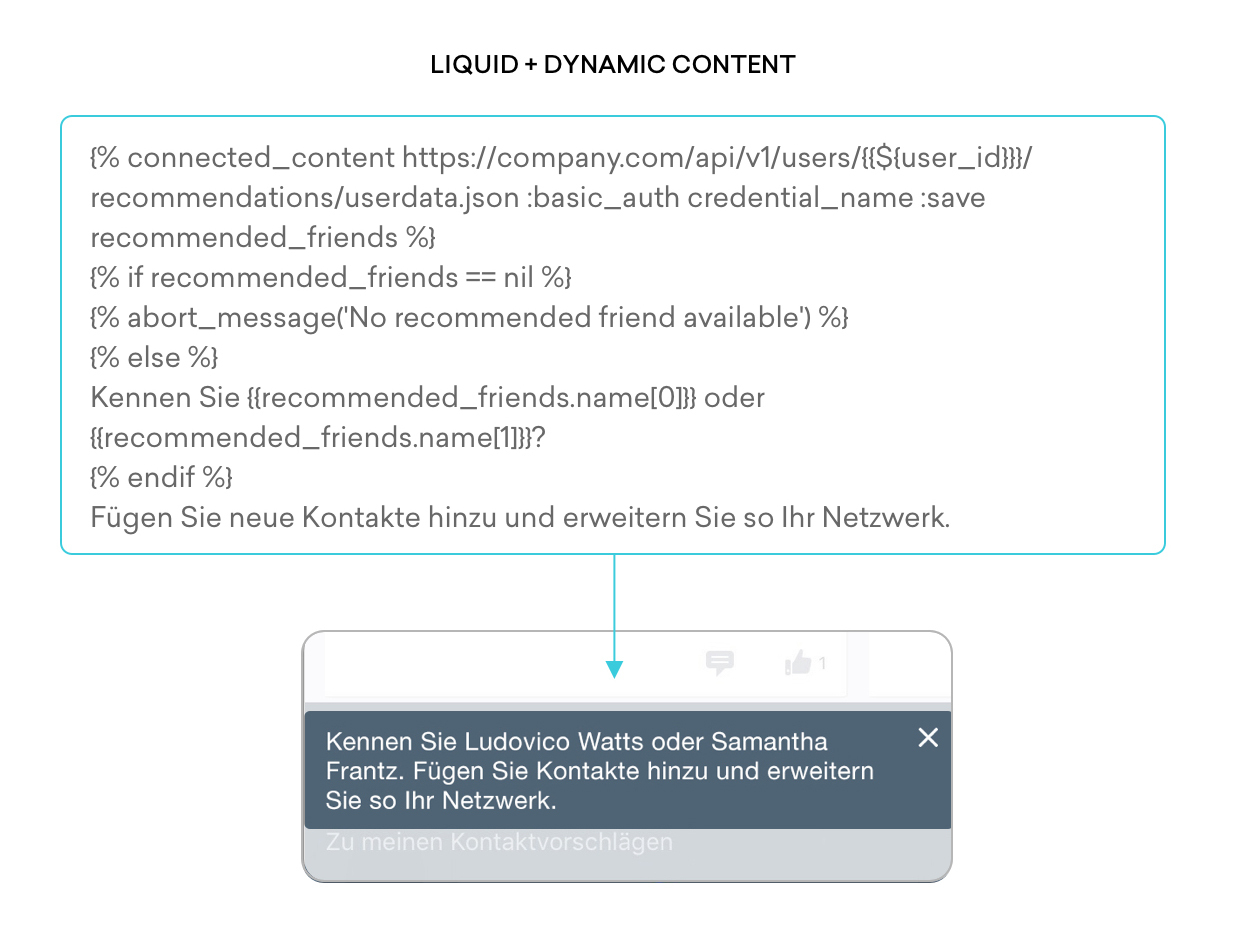
6. DELIVERY-TIME PERSONALIZATION
What Delivery-Time Personalization Is (and When to Use It)
As a rule, personalization is a powerful way for brands to make their messages stand out from the pack and speak more effectively to each member of their audience as individuals. That’s true for this type of personalization, too, but the way it does it is a little different from other kinds of personalization. Instead of adjusting the content of the outreach that you send to better fit the people receiving it, delivery-time personalization customizes when each individual receives your messages, ensuring that it falls within their unique high-engagement windows.
For some customers, that will mean receiving a given message at 8:00 a.m., during their morning commute. For others, they might get it at 8:00 p.m., when they’re already back at home for the night. The key? With delivery-time personalization, every individual gets the message at the time that’s most likely to work for them, making your outreach feel less intrusive and increasing the changes recipients engage with the communications they receive.
Some kinds of campaigns won’t benefit from this sort of personalization—for instance, it’s probably wise to send a transactional password reset email immediately, rather than waiting around for that user’s ideal engagement time. But in situations where messages aren’t particular time sensitive, this this a smart, simple way to move the needle. In fact, research conducted by Braze has found that using delivery-time personalization can increase engagement with messages by 25%.
What Delivery-Time Personalization Looks Like
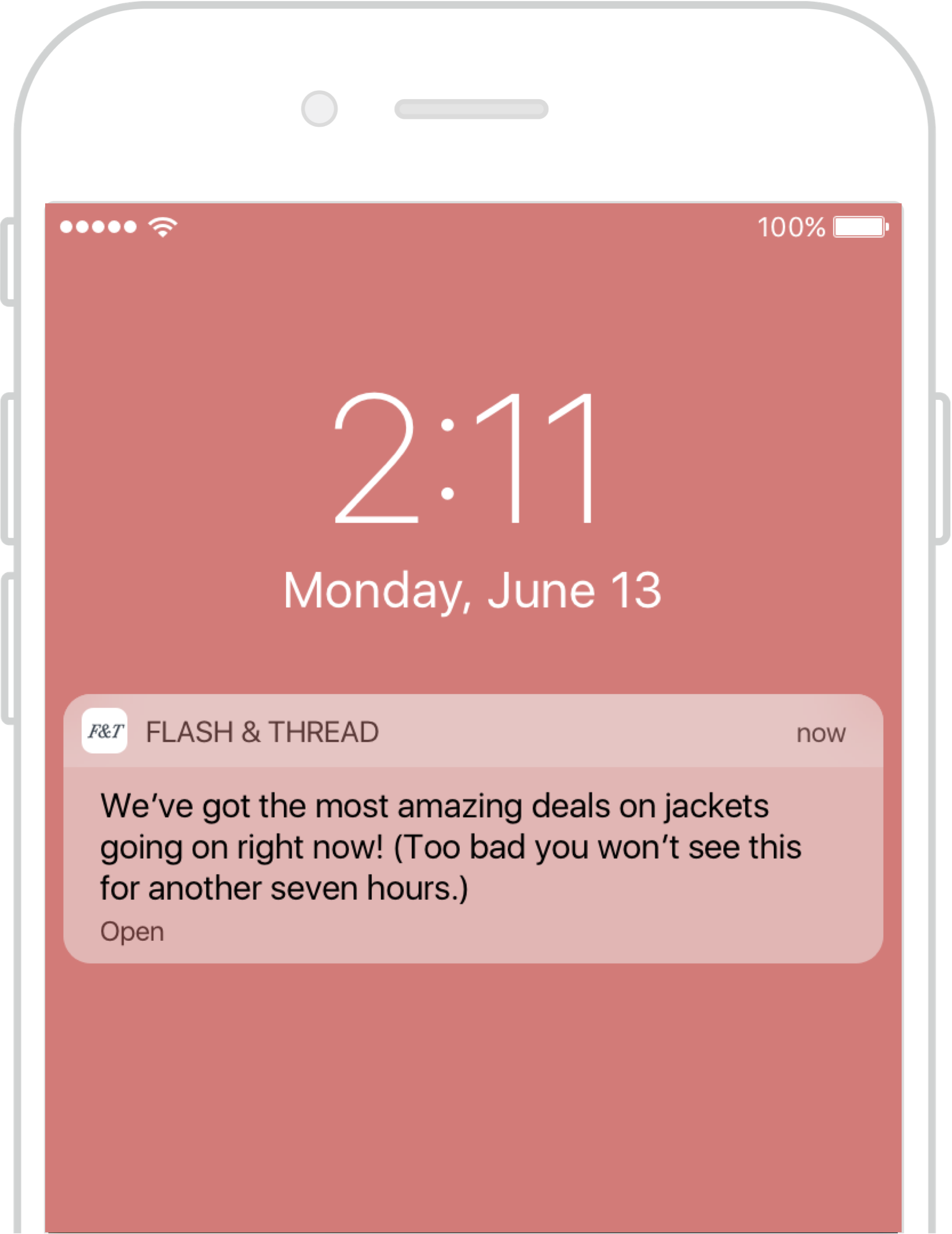
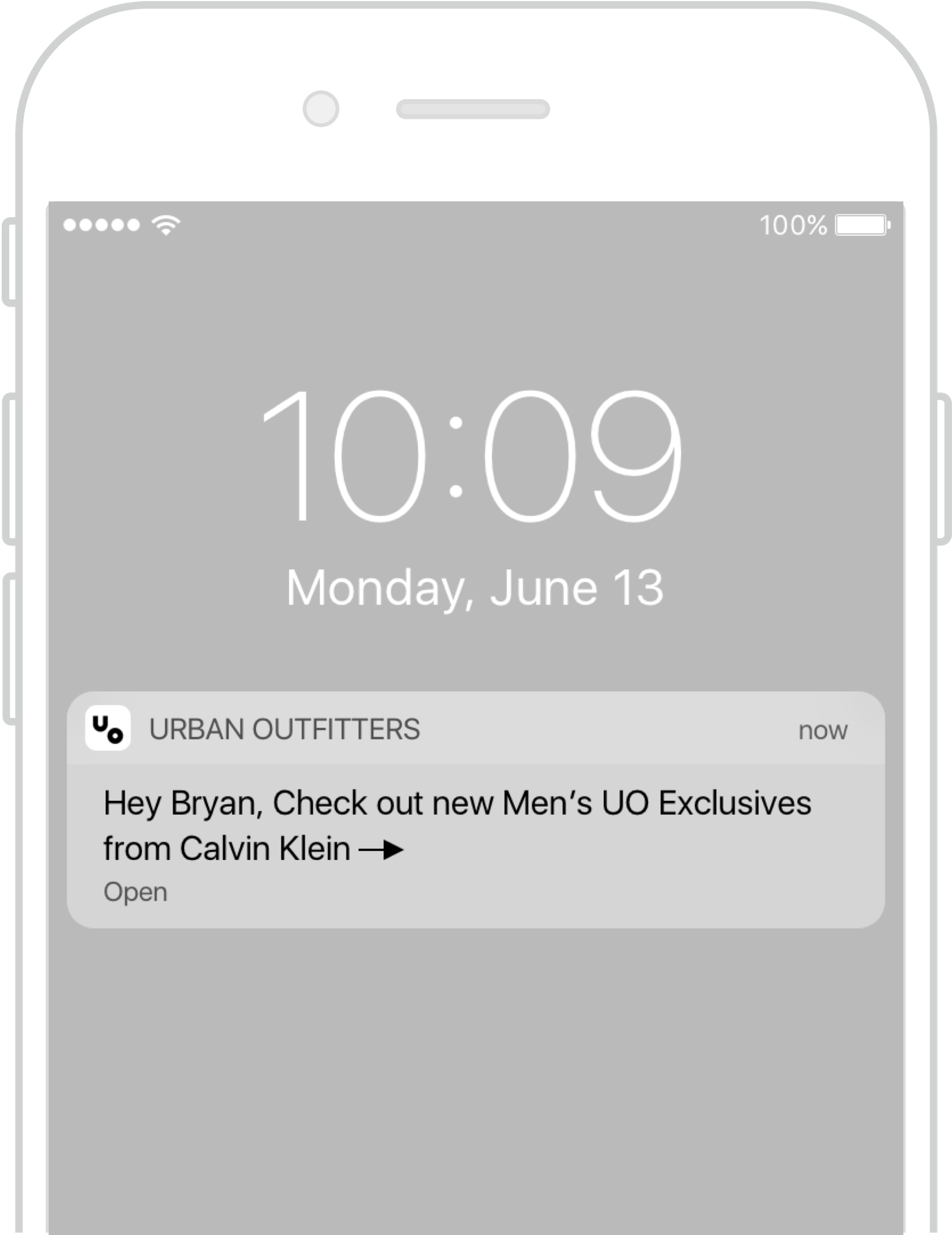
What Makes Delivery-Time Personalization Possible
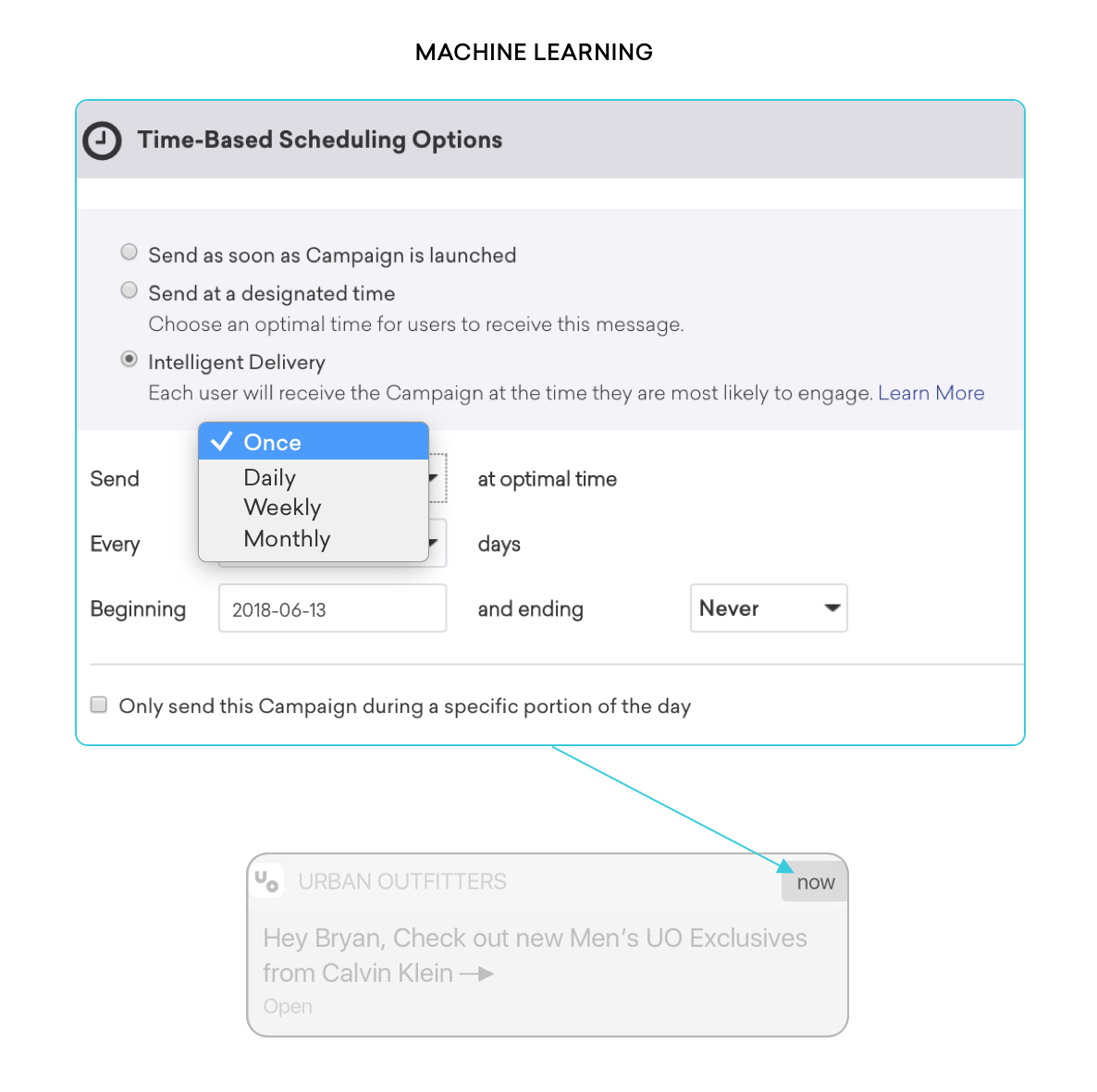
Final Thoughts
We’re living in a new world when it comes to access to nuanced customer data—if you’re gathering it, you should be using it. But if you use it in ways that aren’t relevant and don’t add value for your audience, you’re not going to see the positive impact that personalization can bring to your customer relationships and your bottom line.
Looking to learn more about the Braze platform’s support for powerful, cross-channel personalization? Check out our overview here.
Already using Braze and just want to take your personalization efforts to the next level? Check out Learning at Braze (LAB) and its exclusive Personalization with Liquid eCourse.
All right. Personalization is important, and the future of the world—okay, maybe just your company—depends on your brand doing it, and doing it right. Great. How exactly does one go about doing that, exactly? Well, this exclusive guide can help get you up to speed, with an exclusive look at:
- Four key tools and strategies you need to personalize messages effectively
- The six major types of personalization (and when to use them)
- Real life examples of impactful personalized messages that moved the needle
- And more!

Trusted
Today’s top global brands are sending tens of billions of messages per month to over 5.5+ billion monthly active users (MAU) with Braze.







